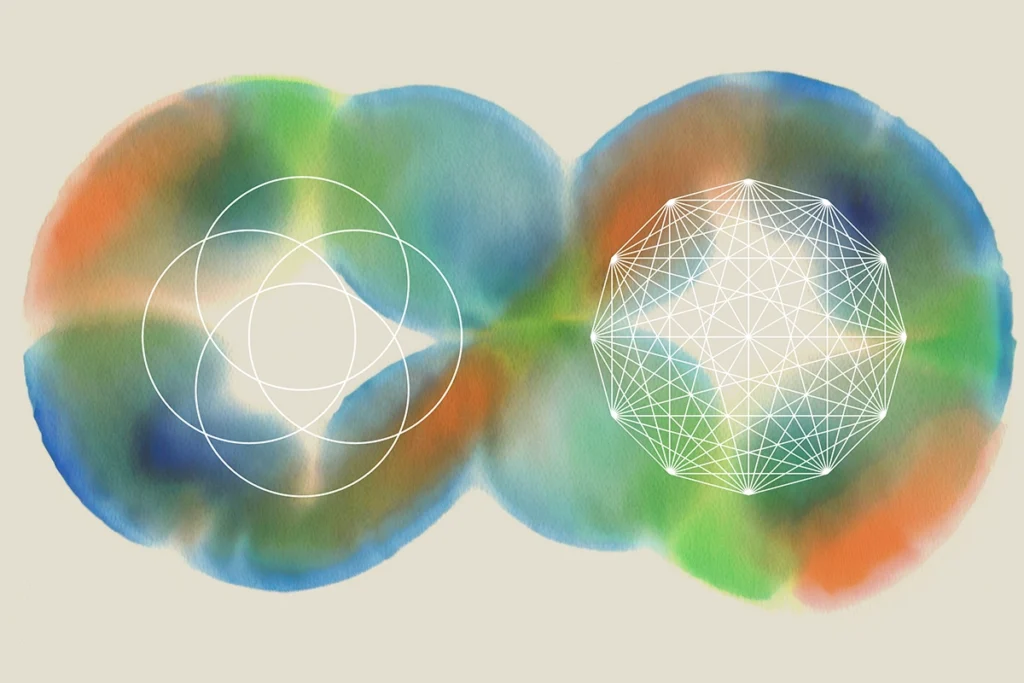The extreme male brain, explained
The ‘extreme male brain’ theory suggests that autism is an exaggeration of systematic sex differences in ways of thinking.
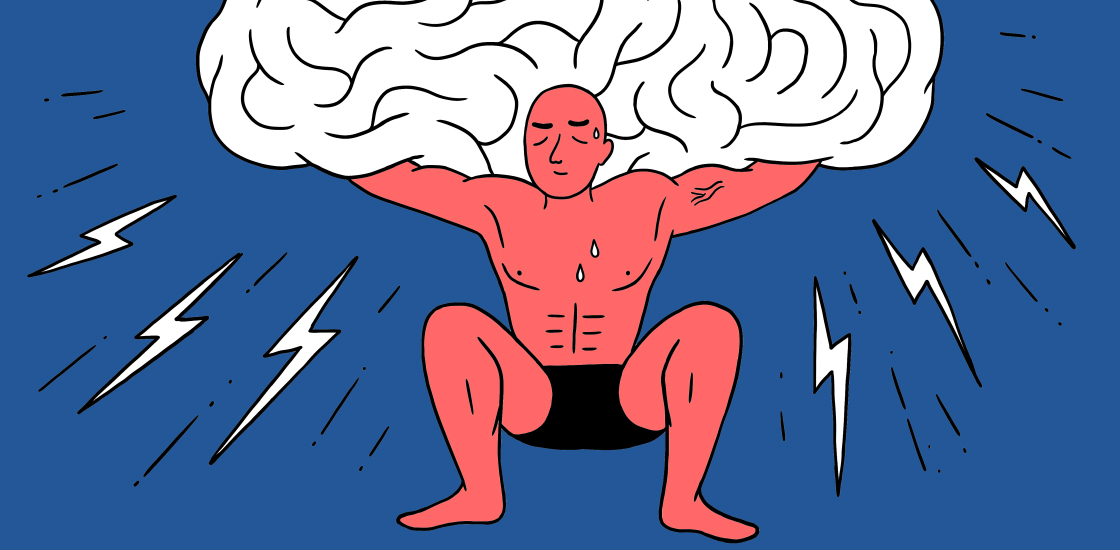
The ‘extreme male brain’ theory posits that people with autism process the world through a ‘male’ lens and take an interest in stereotypically male topics, such how machines work or weather patterns. And they may have trouble with tasks that women are supposedly better at, such as grasping social cues.
Over the years, the theory has garnered support — and derision — from autism researchers. Here’s everything you need to know about how the extreme male brain theory came to exist, the evidence that backs it and the controversy surrounding it.
What is the extreme male brain theory?
The theory is based on the idea that men and women differ in fundamental ways, and that the differences lie along a continuum. Subscribers to the theory assign the term ‘empathy’ to the female end of the continuum, referring to a constellation of social skills, such as the ability to intuit others’ emotional states.
At the male end is the tendency to ‘systemize,’ or to recognize patterns and understand natural and technical systems, such as the weather or a computer.
The theory broadly proposes that autistic people, no matter their sex, tend to be at the systemizing end of the continuum — that is, they have an ‘extreme male brain.’
What are the theory’s origins?
In the mid-1990s, British researcher Simon Baron-Cohen incorporated tests of social intelligence and pattern recognition into his autism studies. In the general population, these tests show sex differences: Women tend to perform well on the tests of social intelligence, whereas men tend to excel at following rules and recognizing patterns. Baron-Cohen found that autistic people generally have trouble with the former but do well with the latter.
In 2002, he proposed the extreme male brain theory of autism to account for these findings. He and his colleagues then developed a pair of self-report questionnaires to measure systemizing abilities1,2.
What evidence backs the theory?
Last year, Baron-Cohen’s team analyzed responses to these questionnaires from 600,000 people, including 36,874 with autism. The results suggest that autistic men and women both tend toward systemizing.
Baron-Cohen’s other work hints at where this tendency may originate. Some people with autism may have been exposed to elevated levels of sex steroid hormones, such as testosterone, in utero, he says. Excess testosterone may alter the structure of the developing brain in ways that affect thinking patterns3. But studies from other labs question the link between excess testosterone and autism4.
Brain-imaging studies have revealed anatomical patterns in male and female brains consistent with the extreme male brain theory — but the data are not uniformly supportive. In one small study, researchers showed that the brains of autistic men and women are structurally more similar than those of typical men and women5. Another study also showed support for the theory in some brain networks6. However, in March, researchers retracted a large 2017 study that had affirmed the theory because of a major error in the analysis.
What are some criticisms of the theory?
Some experts question the theory’s fundamental assumption — that measurable differences exist between men and women in abilities such as social communication. If any do exist, they are likely to be small, says David Skuse, professor of behavioral and brain sciences at University College London.
Another criticism is that, for years, the questionnaires used to test the theory included too many questions on ‘male’ topics, such as reading about or working on machines. The tests have since been revised, but their questions are still based on gender stereotypes or, at least, an overly simplistic concept of sex differences, experts say. And some of these differences may not be relevant to autism traits.
“The explanations to date are based on really gross misinterpretations of developmental data of typical kids and fairly shaky biological data,” says Catherine Lord, distinguished professor in residence of psychiatry and education at the University of California, Los Angeles.
Most of the support for the theory comes from the work of Baron-Cohen or his former students, others say. “There’s still a relative lack of independent replication,” says Meng-Chuan Lai, assistant professor of psychiatry at the University of Toronto in Canada, who completed his doctoral and postdoctoral work in Baron-Cohen’s research center.
What are some misconceptions about the theory?
Most of the misunderstandings arise from the theory’s name. It does not suggest that all autistic women think like men or that autism is tied to other ‘male’ features, such as large body size. Baron-Cohen says the theory only pertains to two categories of cognition: systemizing and the ability to intuit others’ emotions.
References:
- Baron-Cohen S. and S. Wheelwright J. Autism Dev. Disord. 34, 163-175 (2004) PubMed
- Baron-Cohen S. et al. Philos. Trans. R. Soc. Lond. B. Biol. Sci. 358, 361-374 (2003) PubMed
- Auyeung B. et al. Br. J. Psychol. 100, 1-22 (2009) PubMed
- Kung K.T. et al. J. Child Psychol. Psychiatry 57, 1455-1462 (2016) PubMed
- Beacher F.D. et al. AJNR Am. J. Neuroradiology 33, 83-89 (2012) PubMed
- Floris D.L. et al. Mol. Autism 9, 17 (2018) PubMed
Recommended reading
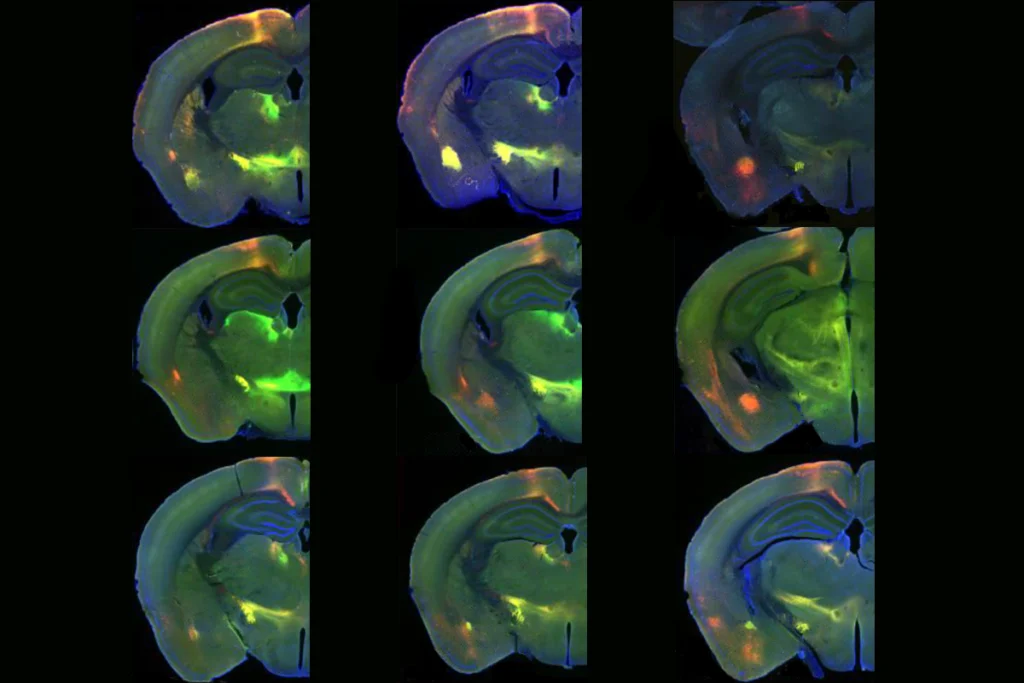
Newfound gene network controls long-range connections between emotional, cognitive brain areas
BCL11A-related intellectual developmental disorder; intervention dosage; gray-matter volume
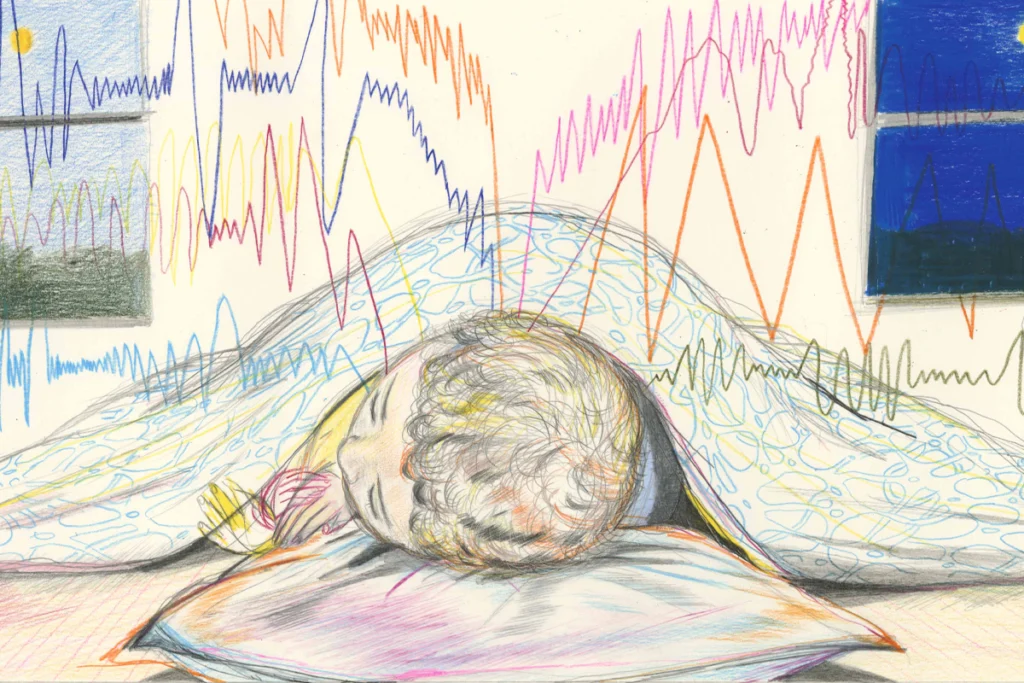
Exploring the connection between autism and sleep
Explore more from The Transmitter
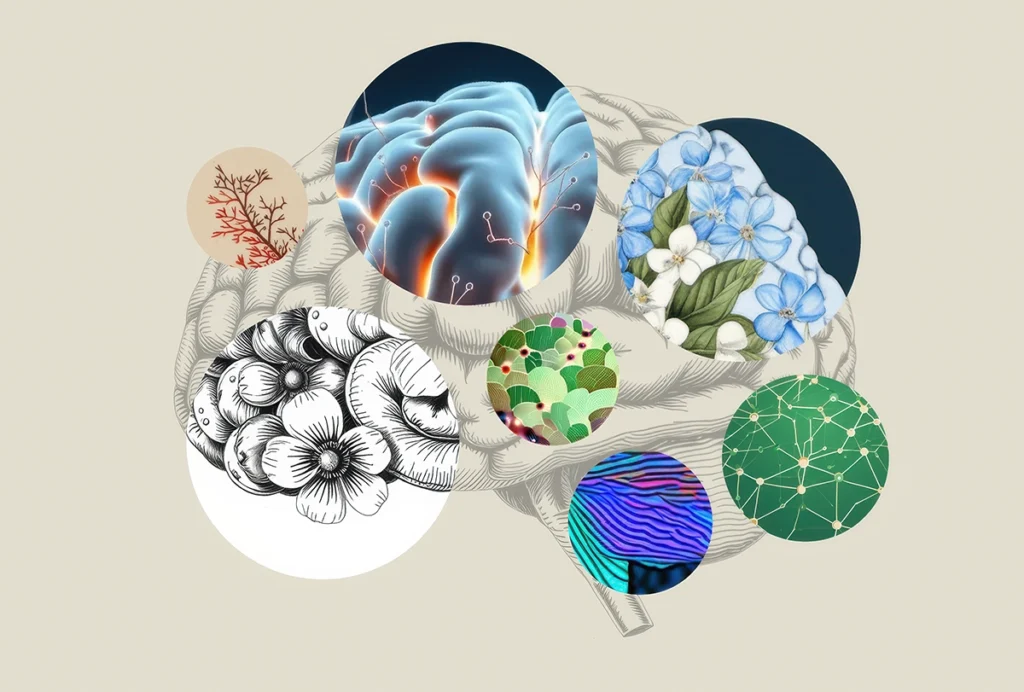
NeuroAI: A field born from the symbiosis between neuroscience, AI
